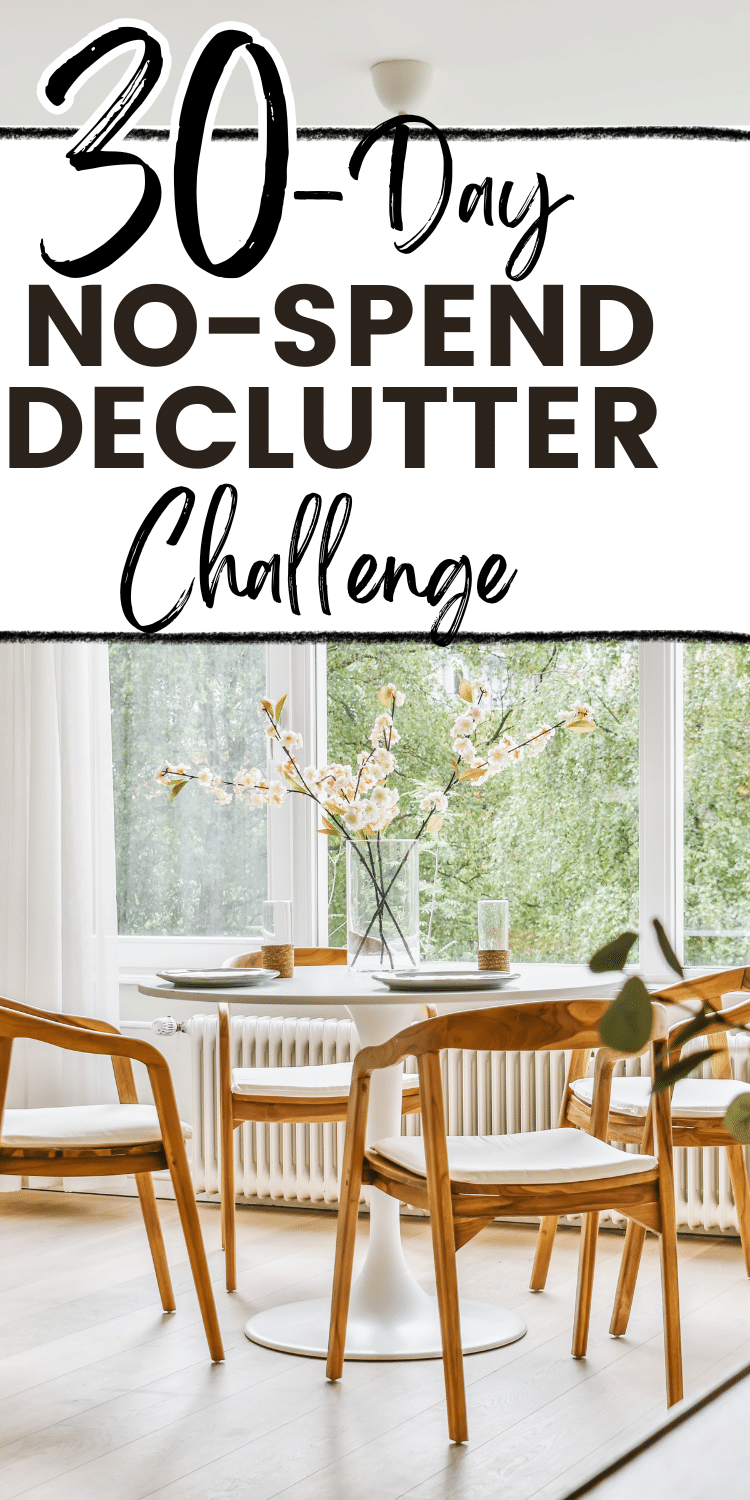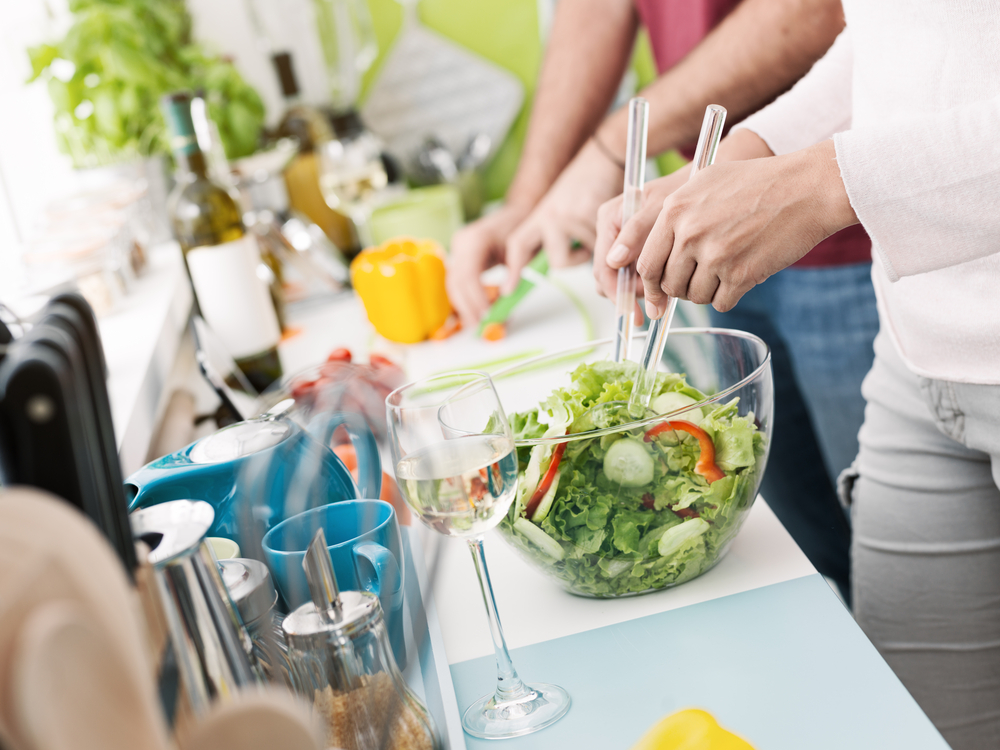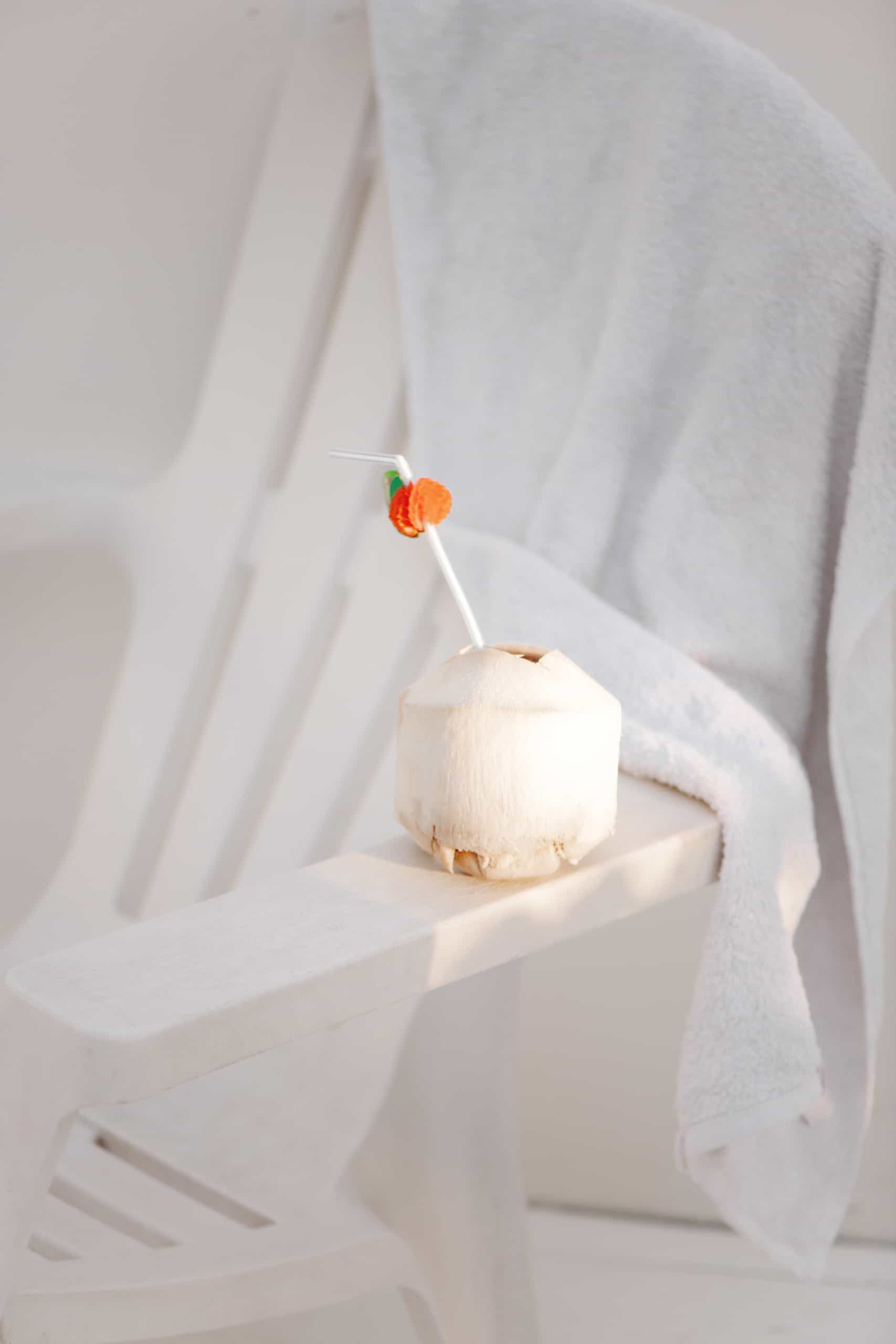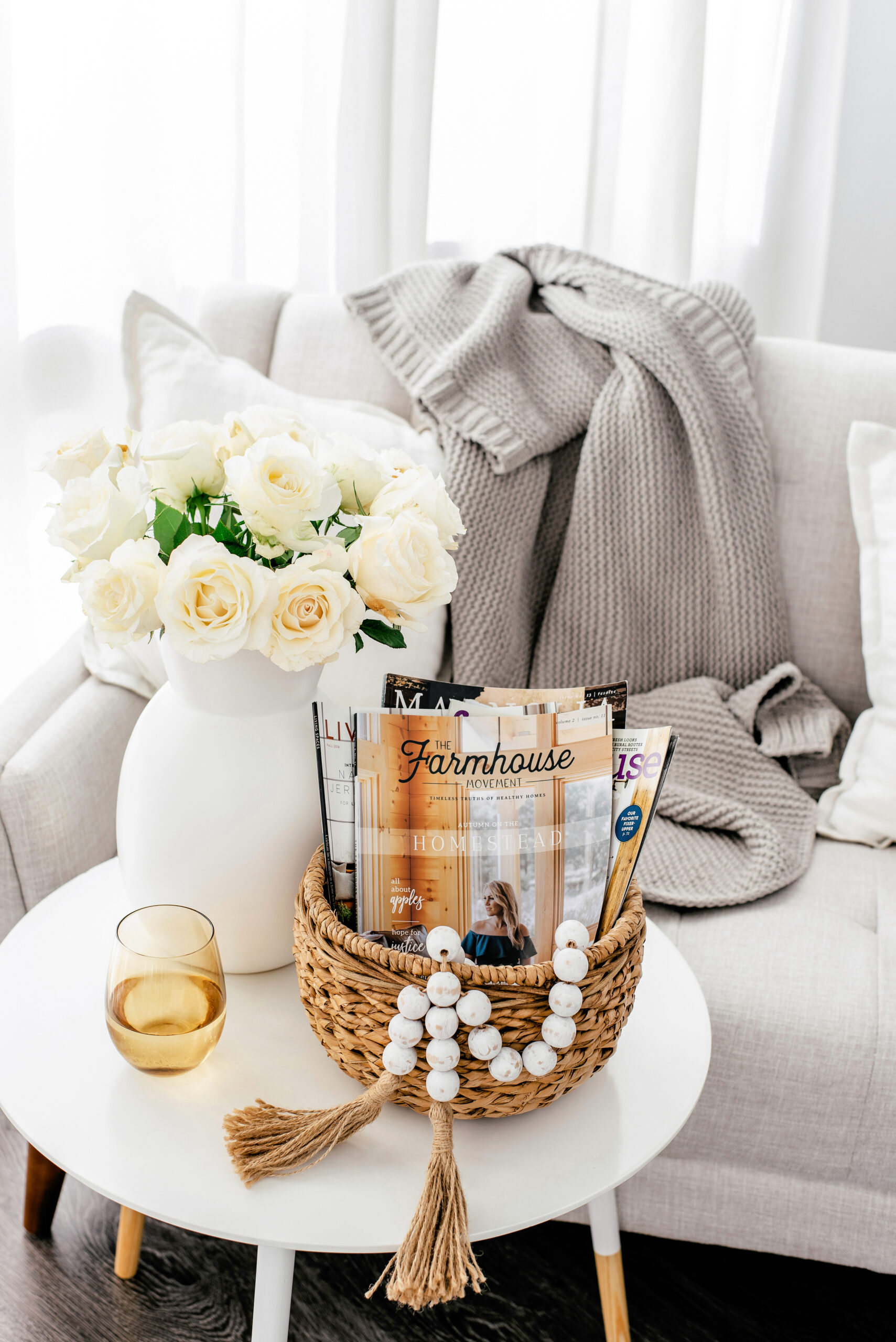The 30-Day No-Spend Declutter Challenge
Discover how to declutter your home and supercharge your savings with the 30-Day No-Spend Declutter Challenge. Say goodbye to impulse buys, rediscover hidden treasures, and transform your living spaces, all while mastering mindful spending.

Imagine a wallet that stays closed for a month.
Now, envision a home without any clutter.
You can make both of these scenarios your reality with a 30-Day No-Spend Declutter Challenge.
It’s not just an exercise in self-control; it’s a strategic path to a more orderly life and a way to save money at the same time. You’ll commit to buying only the essentials and use what you already have.
You’ll begin by confronting your clutter head-on. Tackling those overstuffed spaces will often reveal hidden treasures. You may find items long forgotten or duplicates stocked away. Instantly, these discoveries will cut the need to spend and reduce waste in the process.

Understanding the No-Spend Rules
A “No-Spend Challenge” doesn’t mean you won’t spend any money this month – of course, you’ll still need to pay for your essential expenses. These include bills, groceries, and other necessities.
You’re simply pressing pause on impulse buys and non-necessary items.
Cut out excessive dining out, shopping for clothes, or any spontaneous purchases. You need to eat, but you’ll be able to create delicious meals with the excess you’ve found in your pantry and freezer. You might want a new book, but you can take the opportunity to grab a book from your already full shelf.
This challenge will help you learn mindful spending and encourage you to use what you already have.
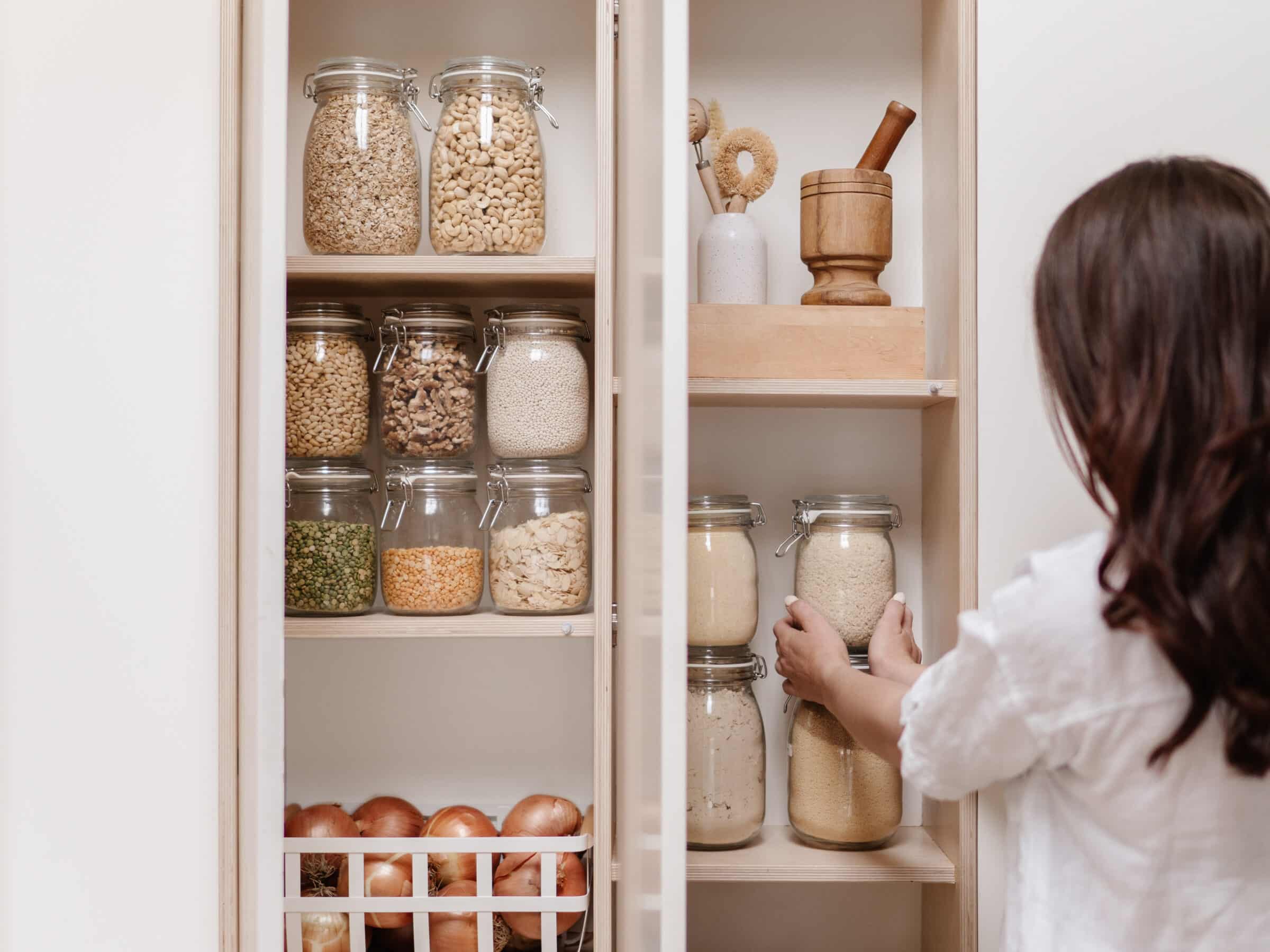
Start With Your Pantry
The pantry is a great place to start because most people will find items they’ve long forgotten about that have gotten buried behind their everyday staples.
Begin by pulling everything out of your pantry. This may seem daunting, but it’s the only way to see everything you have.
As you pull the items out, group them into categories on your kitchen counters (e.g., canned goods, spices, baking items, snacks, etc.).
Next, check for expiration dates and toss out anything that’s outdated. Also, discard anything that is stale, you know you won’t use, or has gone bad.
Now, write down a list of the items that you either have an abundance of, are near their expiration date, or that you want to make a point to use up during the next 30 days.
This master list will be your guide when you’re planning meals during the rest of this challenge. As you use up what you have, you’ll save money, prevent these items from going to waste, and clear up space inside your pantry.
Now that you’ve gotten rid of anything you won’t be keeping, it’s time to put what’s left away. Replace everything in an organized manner – keeping similar items together and facing front. This way, you’ll know exactly where to find everything and easily see what you have on hand.
Tackling Your Fridge and Freezer
Open your refrigerator and start taking items out, one shelf or drawer at a time.
Throw away anything that is past its prime, make a note of what you have left on the list you started with your pantry, and wipe down the shelves and drawers before you replace everything in an organized manner.
Next, do the same thing with your freezer, where you’ll likely find items you bought months ago and forgotten about.
Incorporate the items left in your refrigerator and freezer into your meal plan, which will help reduce your grocery bill this month.
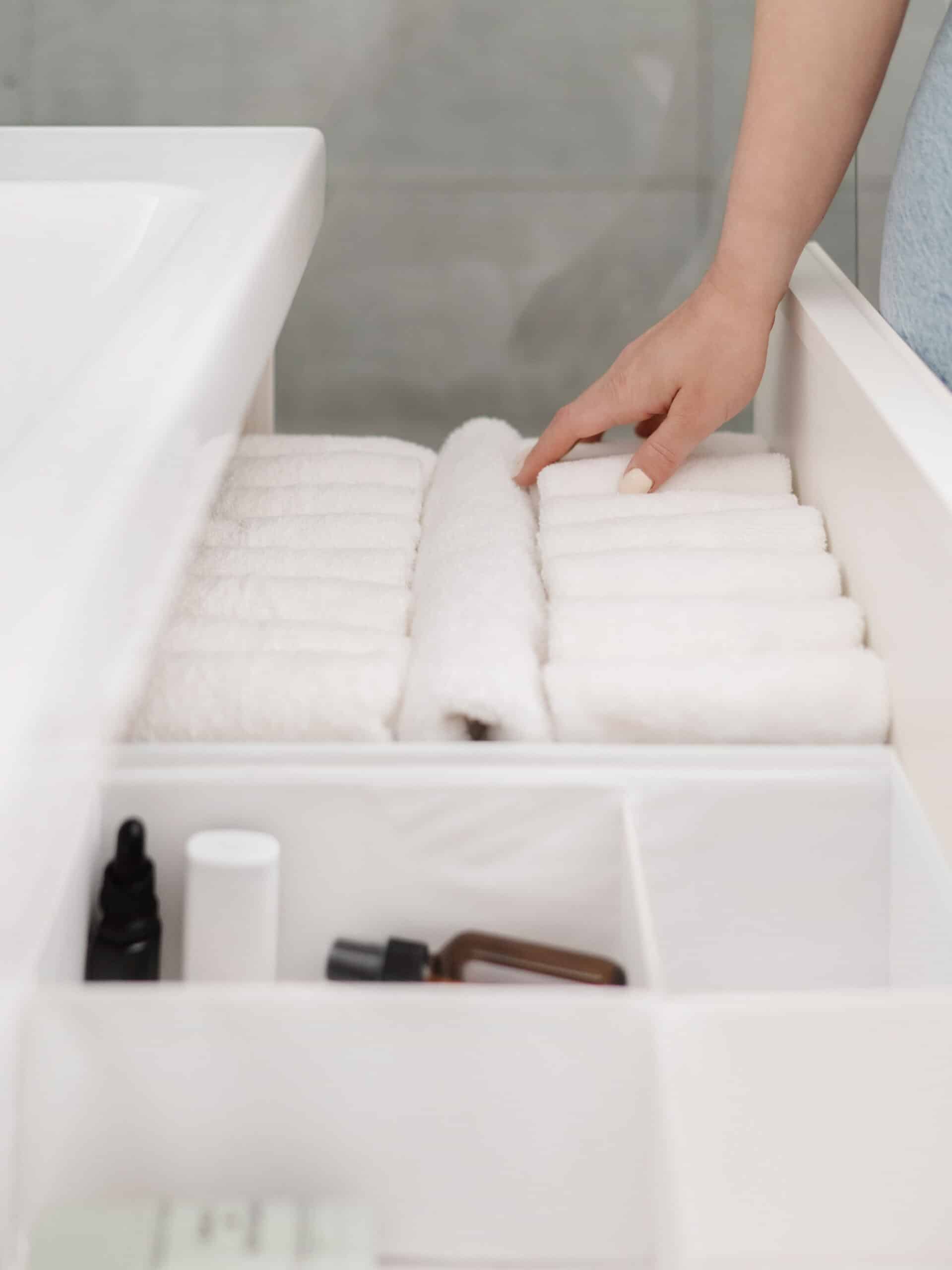
Decluttering the Bathrooms
Start by emptying your cabinets and laying everything out. This will allow you to see everything you have – you may even find lotions from two summers ago or a collection of hotel shampoos taking up valuable real estate.
Take a moment to inspect each item, check expiration dates, and notice any changes in texture or smell. Toss any old or unusable items.
Sort the keepers, grouping like products together. You might even be able to combine half-used products to save space. Make a pact with yourself, and don’t buy any new products until you’ve used up what you already have.
Next, do the same thing with your cleaning supplies. Discard anything that’s expired or past its prime, and use up what you have before you purchase anything new.
Finally, sort through your bathroom linens, including towels, washcloths, and bathmats. Donate or recycle any old or damaged items.
Organize Those Junk Drawers
Junk drawers are easy to overlook. You toss in batteries, keys, and odd bits, and suddenly it’s a chaotic mess.
But this space also hides treasures, just waiting for rediscovery. Amid this clutter, you may find batteries still in their packaging, gift cards, coupons, or even one of those missing phone chargers.
By tackling these areas, you may find a significant number of things that aid in your no-spend challenge.

Decluttering Your Kitchen
Now that you’ve streamlined your pantry, refrigerator, and freezer, it’s time to tackle the rest of the kitchen.
Empty out your kitchen cabinets and drawers one at a time. Take stock of your pots, pans, utensils, and cookware. Keep what you use frequently, and consider donating or selling items that are gathering dust.
Declutter your countertops by removing appliances and gadgets you rarely use. Store them in cabinets or drawers to free up valuable workspace.
Assess your collection of dishes, glasses, and mugs. Keep what you regularly use and consider donating or recycling chipped or mismatched items.
Sort through your baking sheets, cake pans, and small kitchen appliances. Keep what you use for your favorite recipes and store them neatly. If you have appliances you haven’t used in months, it might be time to part with them.
Your Living Room
Take a critical look at your bookshelves, entertainment center, and any storage units. Weed out books you’ll never read again and DVDs you’ll never watch.
Consider rearranging your furniture to create a more open and inviting space.
Don’t forget to inspect your decor items and decide if they still bring you joy. Get rid of anything that you no longer love or fits your style.
The Bedrooms
Bedrooms should be a sanctuary of cozy peace and relaxation.
Start with your closet and dresser, removing clothes that no longer fit or you haven’t worn in ages.
Check under your bed and on top of dressers for clutter.
Reorganize your closet and invest in storage solutions to keep it tidy.
Simplify your bedding and decor to create a serene sleep environment.

Home Office
Home offices can quickly become cluttered with papers, supplies, and electronics.
Sort through your documents, shred unnecessary papers, and create an efficient filing system.
Clean and organize your desk, ensuring it’s a clutter-free workspace that fosters productivity.
Attics, Basements, & Other Storage Areas
Last but not least, venture into your attic, basement, or other storage areas.
This is often a haven for forgotten items and clutter. Assess your tools, sports equipment, and seasonal decorations.
Donate or sell items you no longer need, and reorganize the space to make it more accessible and functional.

Create Your Decluttering Schedule
Embarking on the 30-Day No-Spend Declutter Challenge is an exciting journey towards a more organized and mindful lifestyle. To ensure a successful and manageable experience, it’s essential to create a customized schedule that fits your individual needs and circumstances. Here’s how you can do it:
Set Clear Goals
Begin by defining your goals for the challenge. What areas of your home do you want to declutter? How much money are you aiming to save? Having clear objectives will help you stay motivated throughout the 30 days.
Choose Your Start Date
Select a start date that works for you. It could be the beginning of a month, a specific Monday, or any date that aligns with your schedule. Mark it on your calendar to commit fully.
Daily Tasks
Break down the decluttering process into daily tasks. For example, Day 1 could be focused on the pantry, Day 2 on the refrigerator, Day 3 on the freezer, and so on.
Allocate Time
Determine how much time you can realistically dedicate to decluttering each day. It might be an hour in the evening or a few hours during the weekend. Be honest with yourself about your availability.
Build in “catch-up” days
Life can be unpredictable, and unexpected events may disrupt your schedule. To accommodate for this, include “catch-up” days in your plan. These are buffer days where you can either rest or use the extra time to catch up on missed decluttering tasks.
Weekly Progress Check
Set aside a specific day each week to assess your progress and make any necessary adjustments to your schedule. If you’re ahead of schedule, consider tackling additional areas or allocating more time to declutter thoroughly.
Stay Flexible
Remember that your schedule is a guideline, not a strict rule. Life happens, and unexpected events may require adjustments. Stay flexible and adapt to any changes while keeping your overall goals in mind.

A Clutter-Free Future Awaits
Creating a personalized schedule for the 30-Day No-Spend Declutter Challenge allows you to take control of your journey and ensures that it aligns with your lifestyle.
By incorporating “catch-up” days, you’ll be better equipped to stay on track even when unexpected circumstances arise.
Embrace the challenge as an opportunity for personal growth, a clutter-free home, and financial empowerment.

